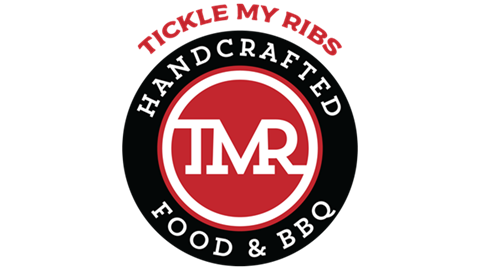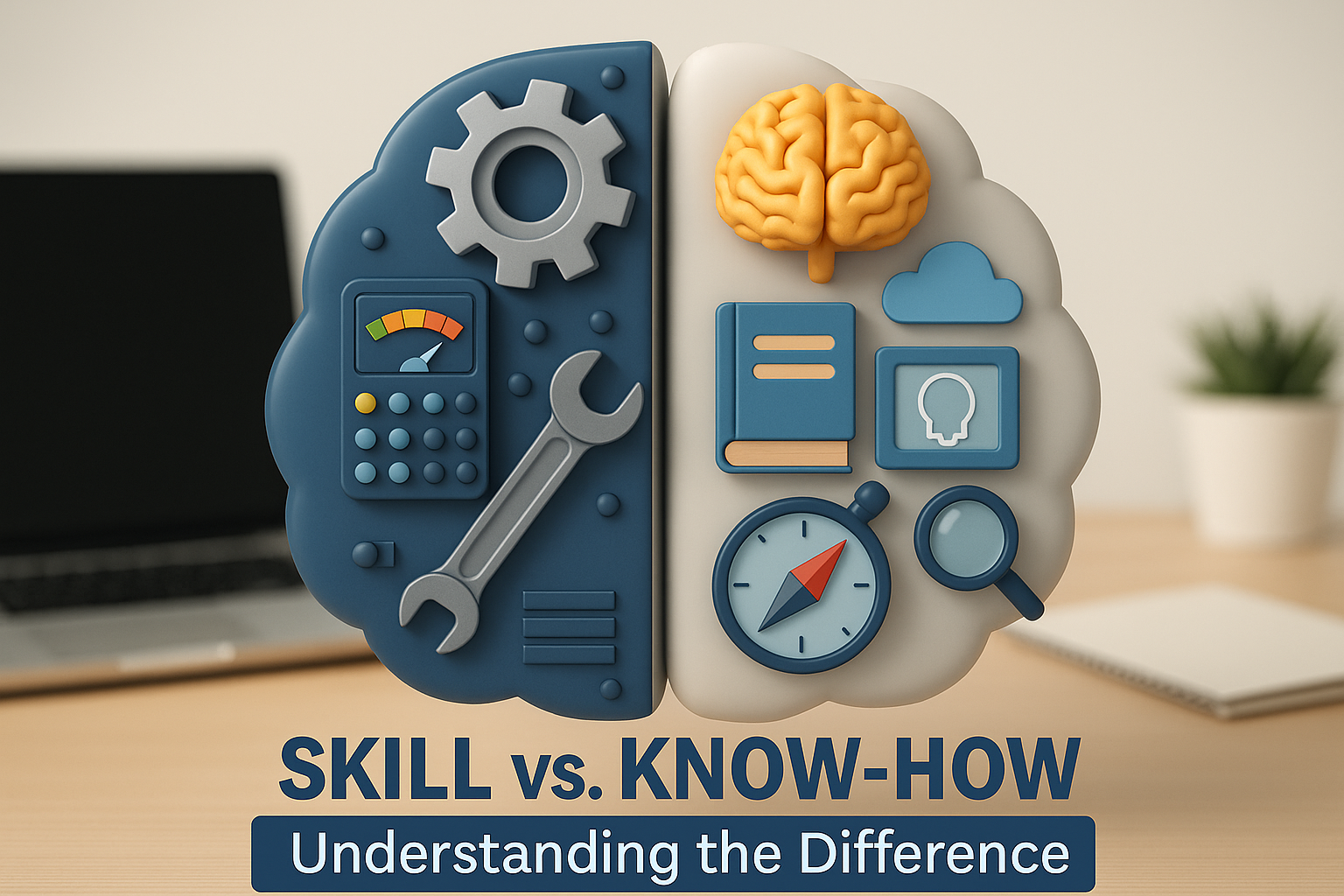Creating a training program and deploying it may feel like you’ve just reached the top of the training mountain. You’ve done it! The hard work is done, and now we can kick back and let the cruise control go, right?
Almost, but not quite yet. After all that work and energy poured into creating an all-encompassing program, deploying it seamlessly, developing the skills within your network, and managing the dynamic nature of those skills – you should go the extra mile and make sure that you’re seeing the business returns from the training program that you’re expecting.
How to Align for Impact
Ensuring that your training program is aligned with your business goals is essential to achieving the success you strive for. You want to provide the training your network needs to perform at the capacity that will push the enterprise closer to success. Otherwise, you might miss out on the full impact of your training program.
So how can you align your training program for impact? There are several ways in which this can be done. In the case of training programs, aligning for impact means developing and delivering training that directly supports the business’s strategic goals. And that starts with providing your members with the skills and knowledge they need to drive business performance.
To align for impact, it is important to measure the effectiveness of the training program. By tracking key performance indicators (KPIs) such as employee productivity, customer satisfaction, and revenue growth, you will have an effective measuring stick for your program’s efficacy. This will help ensure that the training is having the desired impact on the business. And if your KPIs need a little boost, you can make adjustments to the training program as needed.
Integrating those KPIs into the certification and training that is provisioned to the enterprise ensures that they are visible and relevant to the individuals and the organizational management personnel. By tying them to individual and organizational level certifications, it enforces that training and performance outcomes both matter and drive the organizational impact.
If adjustments are needed, you must identify the specific skills and knowledge gaps within the organization. Once you have them identified, you can create specific training to target those gaps. The updated training should be designed to bridge the skills gap and contribute to the success of the business.
Factors to Focus on Alignment
So what types of performance metrics can you use to ensure that your training program is aligned for the best impact on our business? It all starts with understanding what measurables help us measure our goals. With these metrics, you can see where you need to integrate the fundamentals that support these goals into our training program.
KPIs
KPIs are useful measurables when tied back to your training program. There are several different KPIs that might be used to monitor the overall success of your enterprise. These metrics can be incorporated into the development plan of your network in many ways.
For instance, if one of your KPIs is sales revenue, you can focus on that KPI when developing and adjusting the training materials you have created for your sales representatives. By incorporating more inclusive materials to build confidence in your products, they will likely sell more units. This will ultimately result in higher revenue generated from sales.
If another KPI that your enterprise is focusing on is your net promoter score (NPS), you can incorporate relevant training materials for each position. An extra module to give them the encouragement to strive for top-notch customer service could be the difference in making the impact you desire.
Physical Measurables
nother area that you can align your training program to measure is physical items or services. These types of measurables might look like numbers of units sold by a sales representative, total repairs performed, or fixed first-time (FFT) rates of your service technicians.
By monitoring the numbers sold by sales representatives, you can have an idea of what it takes to be a top performer. Assessing the skills of your top performers could help you align your training program for sales impact. This can allow you to fill the gaps between your top performers and your underperformers.
The same concept applies to your technicians and total repairs performed but goes a step further to incorporate FFT rates. Your FFT rates directly impact your customer service scores. If you have several technicians who have lower FFT rates, there must be a gap in their training. What skills are they missing that cause subpar repairs during a customer’s first visit?
By performing the appropriate analysis of this data and adjusting your program accordingly, you have an opportunity to increase not only the FFT rates of your technicians but your overall customer service satisfaction ratings.
Enticing Network Engagement
The challenging part about aligning your training program for impact is the low adoption rate it may face. Unfortunately, not all members who will be exposed to the training model will follow it appropriately. In an extended enterprise where you are working with partners, you must develop a model that is enticing to encourage participation and increase performance.
Many of the KPIs and measurables used to identify the impact of your enterprise directly benefit your partners. One way that you can encourage participation is by communicating these benefits. By informing your partners of what they can gain from your program — such as improving product knowledge, increasing sales, and enhancing customer satisfaction — you can motivate them to participate.
In some cases, providing incentives may be meaningful to your partners and can help in program adoption and implementation. Incentives like lower parts costs, higher warranty repair rates, and product discounts for trained and certified organizations have a significant impact on adoption. By providing incentives, you can demonstrate the value that your training program provides. This value impacts not only your business but theirs as well.
LatitudeLearning Can Align Your Training Program for the Greatest Impact
LatitudeLearning can help companies align their training programs for business impact in areas where other LMS platforms may fall short. With the business impact of your training program being so critical to the program’s success, LatitudeLearning can help you measure it.
LatitudeLearning allows companies to create customized training content. This allows you to create content that is tailored to your specific business needs. By creating your content to align with your business goals, you can ensure that your training programs are focused on achieving the desired business impact.
One way you can measure this impact is with Learning analytics. Learning analytics are helpful tools that help companies track the success of their training programs. OEMs and extended enterprises can use this data to identify areas for improvement and adjust their training programs accordingly.
In an industry where legal and regulatory requirements are integrated into all areas of our enterprise, LatitudeLearning also offers compliance training and certification programs. These options help businesses ensure that all network members have the necessary skills and knowledge to perform their jobs effectively while mitigating risk and avoiding legal ramifications.
With so many avenues to consider for the success of a training program, LatitudeLearning also offers support services. These services can help organizations ensure that their training programs are successful. With options such as implementation support, technical support, and customer support, LatitudeLearning can help align your program with your business goals.
With the integrated features of LatitudeLearning, your training programs can easily be aligned for impact. It all starts with ensuring that your employees have the skills and knowledge they need to achieve business goals and drive business results.
Download our ebook today about Certification, Compliance, and Competency to learn how you can align your training program for the best business impact possible.






[…] that you have accredited technicians performing repairs at the dealership level is pivotal to the organization’s success. Encouraging technicians to achieve and maintain accreditation offers benefits not only for the […]